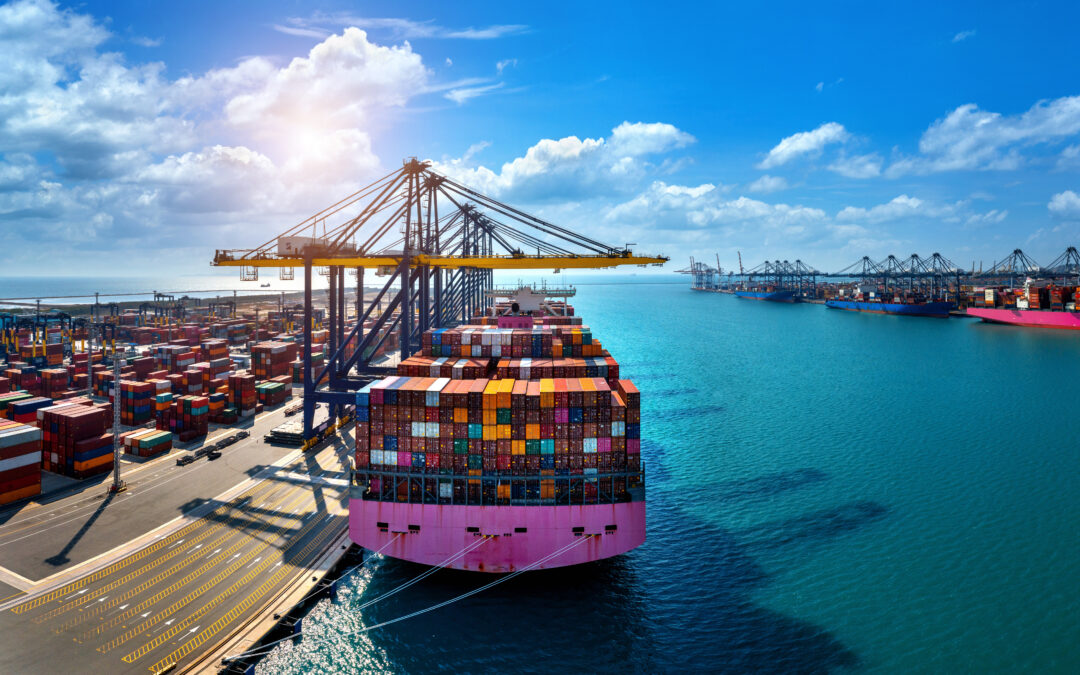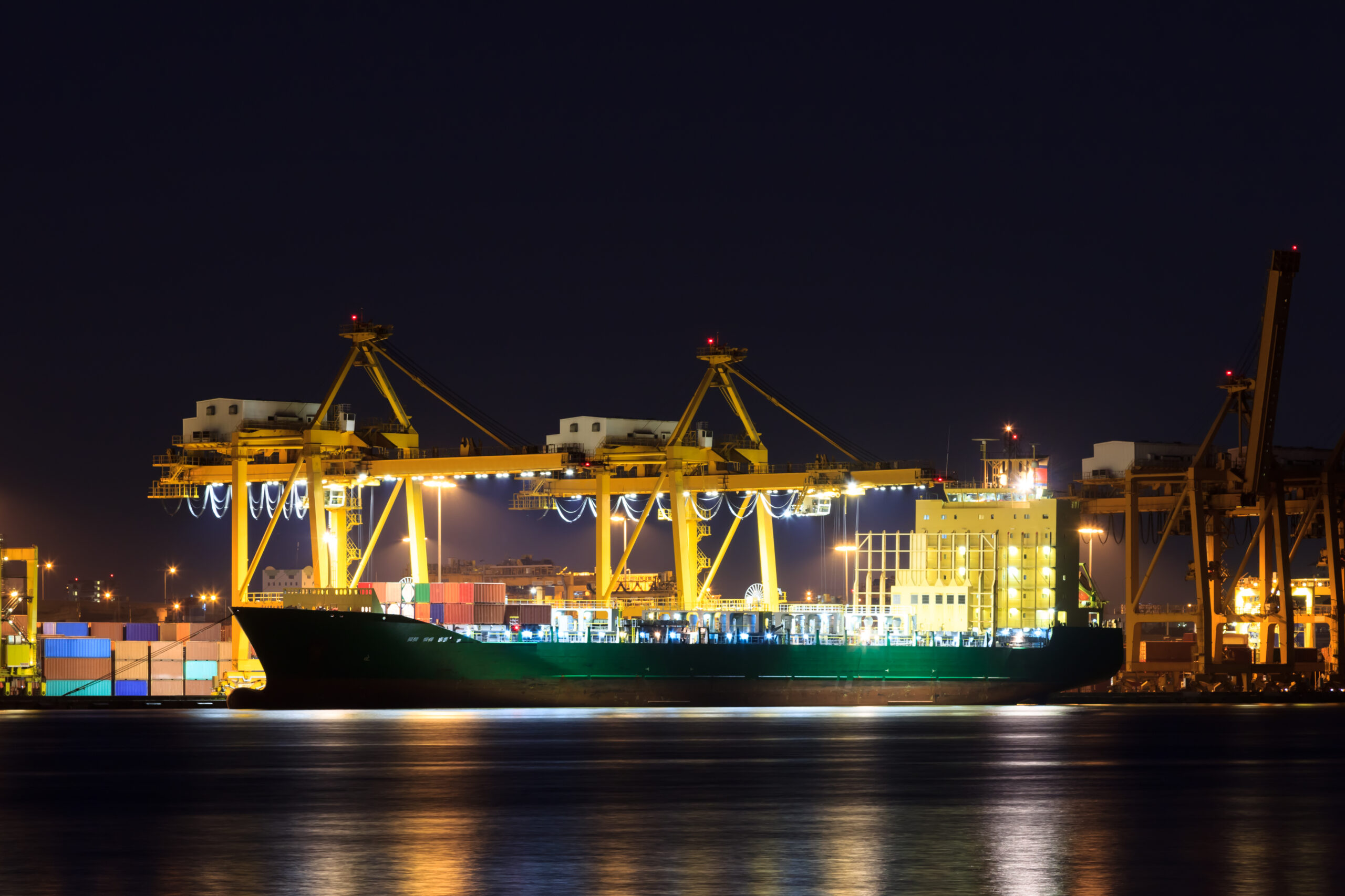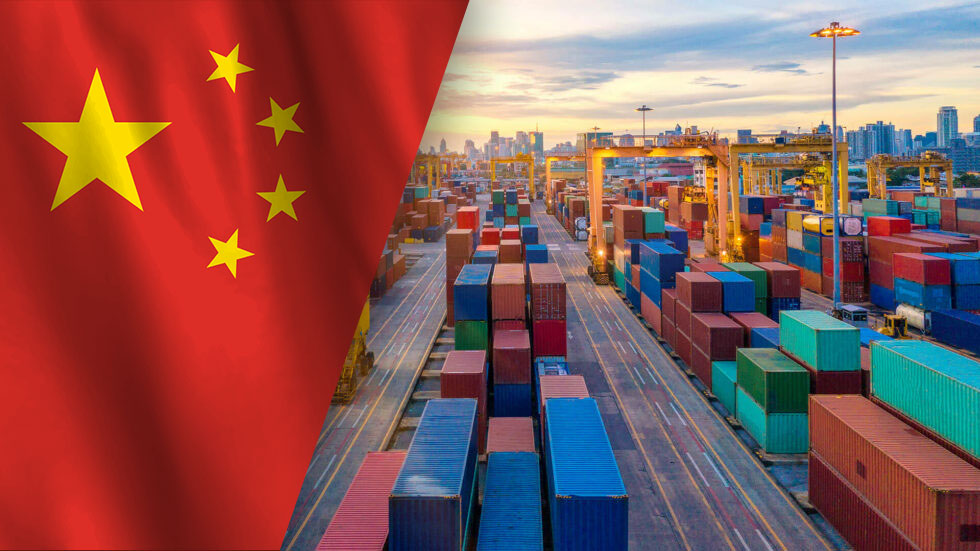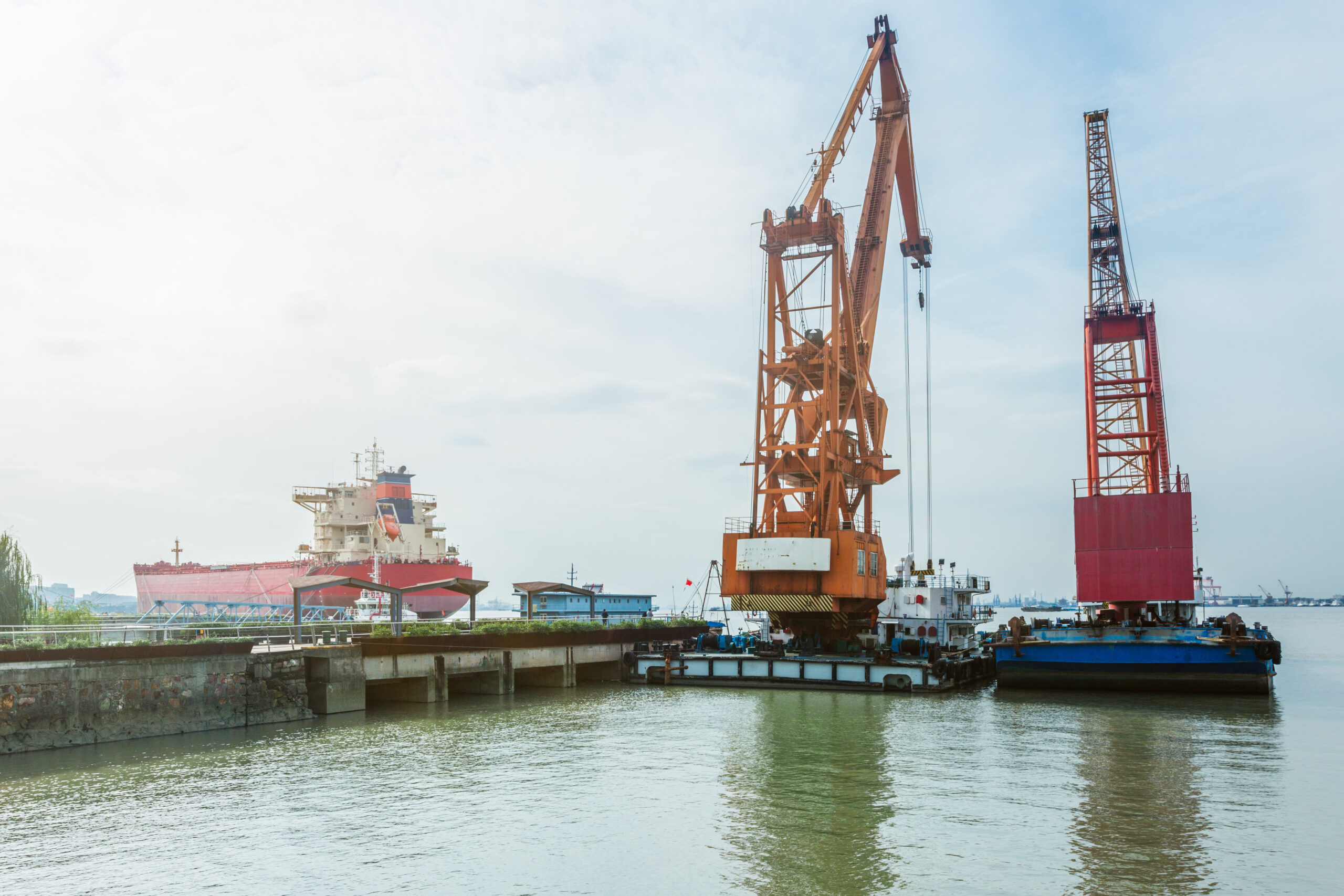This week:
- President Trump orders attacks on Yemen in bid to end Red Sea crisis, Houthi ban US vessels
- US retailers lower Q2 import forecast amid ongoing tariff uncertainty and high inventory levels
- Tariff uncertainty also hampering US trucking industry’s slow rate recovery, industry analysts say
- Railroad execs speak at J.P. Morgan conference, explain why intermodal contract rates remain flat
Houthi Ban US Vessels From Red Sea After Trump Orders Military Action
The Houthi announced Sunday they will ban US vessels from navigating the Red Sea, Arabian Sea, and Gulf Arden in response to President Donald Trump ordering military strikes on Yemen. Trump increased military action over the weekend with the ultimate goal of reopening the Red Sea to commercial shipping traffic.
The Red Sea crisis began in October 2023, after the Houthi movement in Yemen launched attacks on Israel. Since then, ocean carriers have diverted around Southern Africa to avoid the conflict, a move that has kept shipping rates high. Following the announcement of an Israel-Hamas ceasefire in January, Houthi militants pledged to limit attacks to Israeli-affiliated ships, but carriers found the situation remained too unstable to resume Red Sea transits.
Over the weekend, the White House posted an article detailing Houthi attacks on international shipping vessels and the impact they’ve had on world trade. Since the start of the crisis, there have been 112 incidents recorded in the Red Sea and Gulf of Aden, including 46 attempted attacks and four hijackings.
Subscribe to JMR’s Weekly Supply Chain Roundup!
Stay informed with the latest supply chain news, trends, and insights. Get it delivered directly to your inbox every week.
Tariff Uncertainty Leads US Retailers to Scale Back Q2 Import Forecast
US retailers have revised their import projections for the second quarter downward due to uncertainty about tariffs imposed on the country’s major trading partners.
The National Retail Federation (NRF) and Hackett Associates adjusted their Q2 forecasts in the most recent edition of their Global Port Tracker (GPT). The Trump administration has announced broad tariffs on imports from Canada, Mexico, China, and the European Union. However, some of the new import duties have been paused until at least April 2. Jonathan Gold, the NRF’s vice president for supply chain and customs policy, said this uncertainty about tariff policy is part of the reason for the downward revisions. The GPT report also cites current high inventory levels, resulting from retailers’ earlier efforts to frontload shipments ahead of the anticipated tariff increases.
Projected April import volumes are now 2.18 million TEUs, a 5.7% year-over-year increase, but down from the earlier 8.2% growth projection. May’s forecast is now 2.14 million TEUs, a 2.8% increase, but again lower than the previously anticipated 5.4% growth. For June, forecasted volumes have dropped to 2.07 million TEUs, a 3.2% year-over-year decline and more than the initial 0.6% drop prediction.
Impact of Tariffs Also Hampering US Trucking Industry’s Slow Recovery
The US trucking industry is emerging from a nearly three-year downturn, but according to analysts, tariff uncertainty is hampering the already slow recovery. Although they had recently expected a demand surge and accelerated rate gains in Q2, the analysts now say those increases won’t arrive until later in 2025 or perhaps 2026.
“We were initially optimistic about 2025, but our outlook has become more cautious,” said Lee Klaskow, a senior analyst for Bloomberg Intelligence, at the recent TPM25 conference in Long Beach, California. Klaskow spoke about the potential inflationary impact of the Trump administration’s tariffs and how they are generating uncertainty for the US trucking sector.
Avery Vise, vice president of trucking at FTR Transportation Intelligence, said the repeated implementation and postponement of tariffs is causing supply chain disruptions and complicating forecasting. “We anticipate market improvement over the next year, but we need to account for these potential distortions,” Vise said.
FTR projects a 3% increase in truckload rates for 2025, with spot rates rising 6% and contract rates 2%. Addressing how the rate recovery is taking longer than expected, Vise said, “It’s not a bad market for carriers, but it’s not improving yet.”
Railroads Executives Explain Flat Growth in Intermodal Contract Rates
Speaking at last week’s J.P. Morgan Industrials Conference, executives from two Class I railroads explained why they haven’t been able to raise intermodal rates as much as they would have liked.
CSX CFO Sean Pelkey and Norfolk Southern CFO Jason Zampi said that although it’s less of a shipper’s market than it was at this time last year, conditions haven’t yet shifted in favor of railroad carriers. In addition, they pointed to the weak demand in the competing US truckload sector as proof of a market downturn. CSX and Norfolk Southern face stiff competition from trucking, especially in short-haul lanes where the cost difference between rail and truck is minimal.
Data from the Journal of Commerce Intermodal Savings Index shows intermodal contract rates averaged $1.48 per mile in February, down from $1.54 a year prior. However, excluding fuel surcharges, rates were virtually flat year-over-year. Pelkey characterized current pricing as “flat to up a little bit,” which he said is a positive change. However, he admitted, “it’s probably not what many had hoped for at the start of the year.”
Zampi said the best avenue for growth right now is switching more customers from trucking to railroads. He said Norfolk Southern plans to focus on “providing consistent, reliable service that the customer can trust to be more truck-like.”






